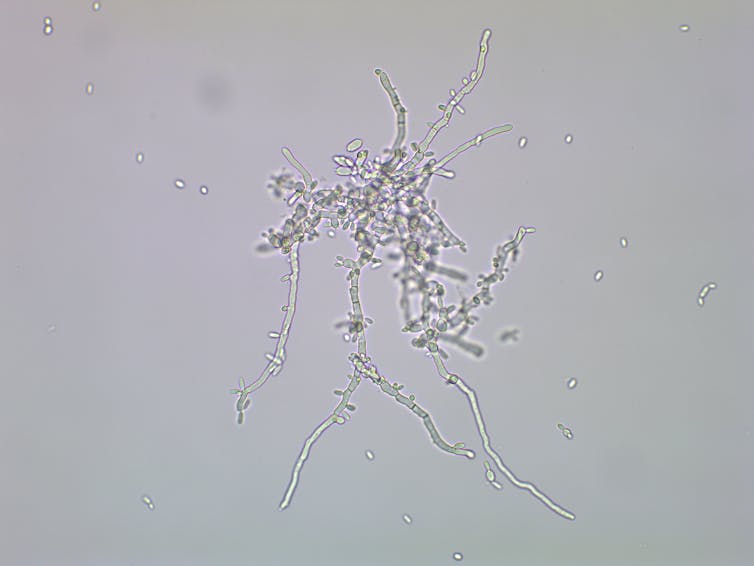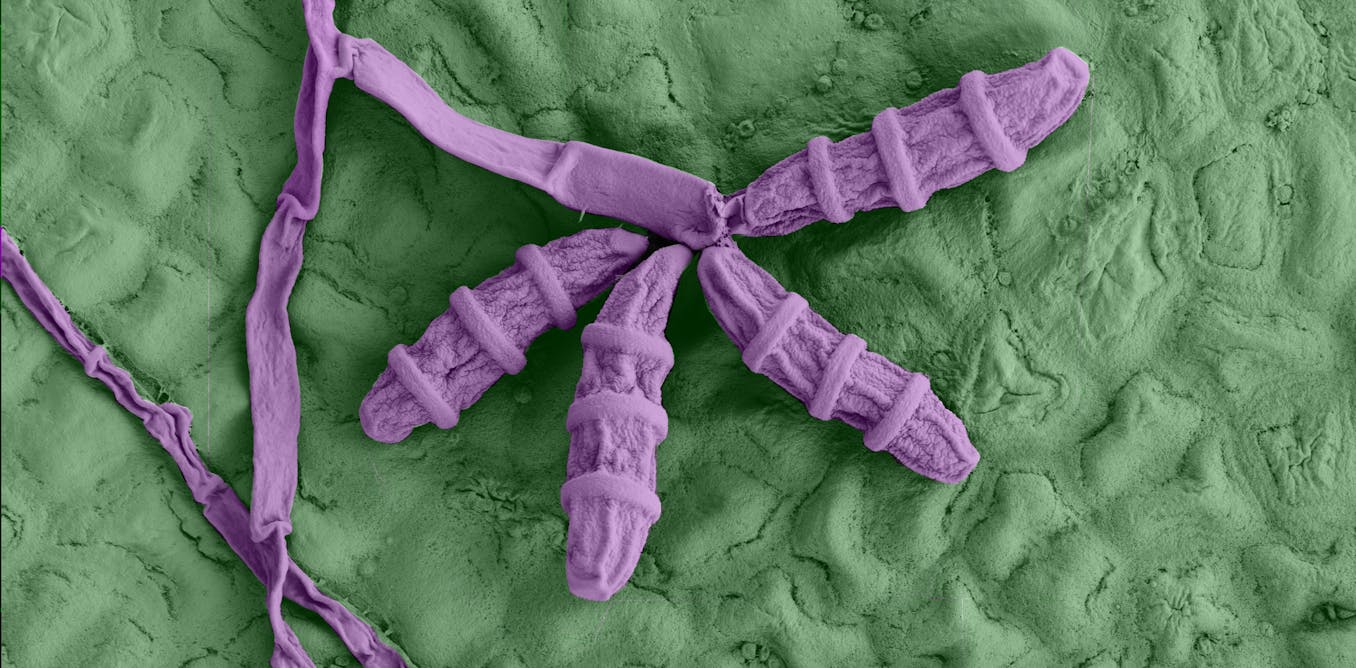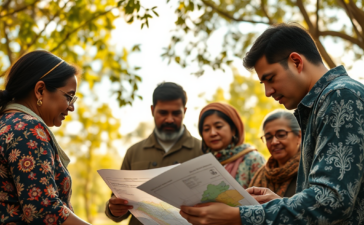Unlike their counterparts on land, most marine fungi are only visible with a microscope. An exception are marine lichens (fungi that live in symbiosis with photosynthetic algae or cyanobacteria and other microbes), which can be seen living on rocky seashores.

Chris Parkes/Marine Biological Association.
Despite being known to science for over a century thanks to a few early pioneering marine mycologists, most people have never heard of marine fungi. Even scientists like me still only have a limited understanding of their diversity and ecological importance, because few researchers are working on these fungi.
The field of marine mycology (the science of studying fungi in the sea) is often overlooked, but there’s so much to discover.
The fungi that live in the sea fall into two main categories. There are well-defined species of marine fungi that are only found in the marine environment. These include marine lichens as well as many species of fungi that are found growing on wood and plant material collected from coastal marine habitats.
The second group are more ambiguous and currently undergoing an identity crisis. These fungi are found in the sea but seem the same as, or closely related to, fungi found on land.
They are the most abundant fungi found in marine biodiversity surveys, but present a challenge to researchers because some may simply have been washed into the sea via rivers. That said, some of these fungi are at least feeding and growing in marine ecosystems.
Read more:
Why autumn 2024 is your best chance to see lots of weird and wonderful fungi
Scientists like me are asking how marine fungi evolved, and how they adapted to living in saltwater. Because marine and non-marine fungi are so closely related, evolutionary transitions from land to the sea probably occurred relatively recently, and on lots of separate occasions.
Living in the sea has many challenges. Food availability can be patchy, leading to feast and famine conditions. Marine fungi need a range of adaptations to survive, and those isolated from the open ocean can change their cell shape and size in response to changing availability of resources.
When resources are low, smaller yeast cells dominate because they are more efficient at absorbing nutrients. When there are more resources, larger cells dominate, and sometimes grow into drastically new forms.
While we don’t yet know the exact reason why these larger complex cell shapes develop, it could be adaptation for dealing with different resources, or to improve dispersal.

Michael Cunliffe
Fungi on the move?
Moving into new habitats means new opportunities, such as different surfaces to grow on or hosts to exploit. The marine fungus Paradendryphiella salina, for example, is commonly found growing on seaweed in the intertidal zone, with its closest non-marine relatives living on land plants.
The evolutionary switch from land plants to marine seaweeds is a challenge because of their differences in chemical composition. However, Paradendryphiella salina has gained new enzymes not found in its land plant living relatives, possibly passed from seaweed-degrading bacteria, that facilitate seaweed breakdown by the marine fungus.
Exchange between land and sea is probably happening all the time for fungi. Some of the fungi we have studied in the coastal marine waters off Plymouth, southern England, show signs of originating on land. Fungi growing on leaves and twigs in the woods that rivers pass through are probably washed into the flowing water (in Plymouth, the river Tamar) and transported via the estuary out to sea.
So, next time you think about the wonderful diversity of marine life, along with whales, mackerel or penguins, consider all the fascinating marine fungi that are surviving and sometimes thriving under the surface of our blue planet.

Don’t have time to read about climate change as much as you’d like?
Get a weekly roundup in your inbox instead. Every Wednesday, The Conversation’s environment editor writes Imagine, a short email that goes a little deeper into just one climate issue. Join the 40,000+ readers who’ve subscribed so far.
This article written by Michael Cunliffe, Professor of Marine Microbiology, School of Biological and Marine Sciences, University of Plymouth and is republished from The Conversation under a Creative Commons license. Read the original article.





